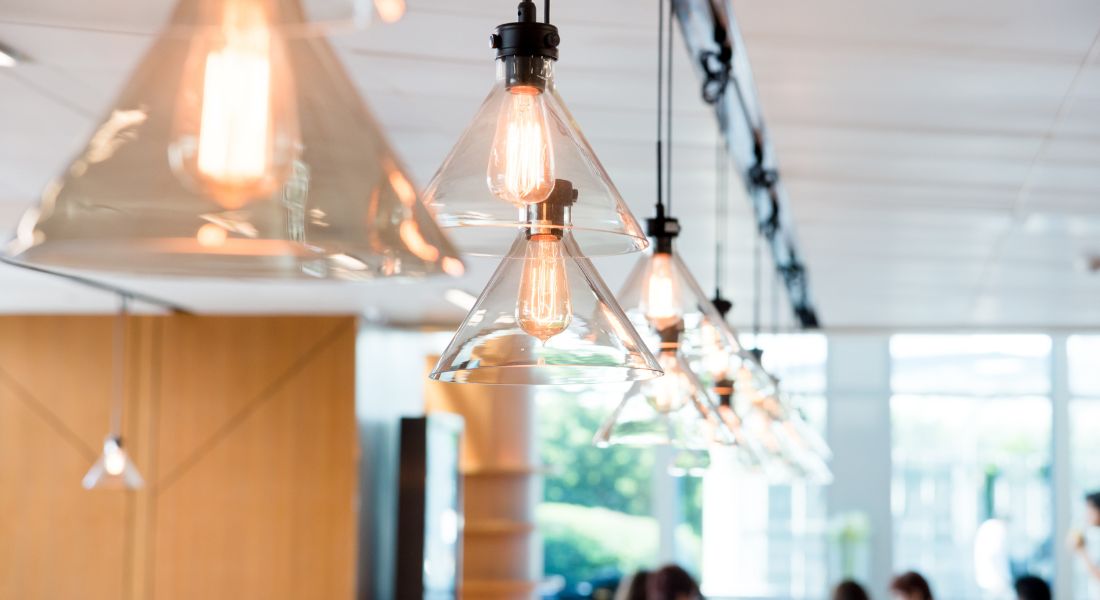How Businesses Can Use Lighting To Lift Sales & Productivity
Understanding how businesses can use lighting to lift sales and productivity is becoming increasingly important as businesses try to lure customers and clients back to brick-and-mortar locations. The right lighting creates an inviting atmosphere for customers and plays a crucial role in enhancing employee productivity. It’s a subtle tool that, when used correctly, can make a significant impact on a business’s bottom line.
The Effects of Brightness
Brightness levels directly influence both customer experience and employee performance. Bright lighting can increase impulse purchases in retail environments, making products more appealing and encouraging customers to spend more.
In workspaces, adequate brightness reduces eye strain and fatigue among employees, leading to higher efficiency and better job satisfaction. Adjusting brightness levels according to the time of day and the specific tasks being performed can optimize both sales and productivity.
Light “Temperature” and Color Rendering Index
The temperature of light affects mood and energy levels. Cooler, bluish light is energizing and is best used during the morning and early afternoon to maximize productivity. As the day progresses, transitioning to warmer, yellowish light can help reduce stress and prepare employees for rest after work, maintaining a healthy work-life balance. This gradual change in light temperature can also create a welcoming ambience in retail spaces, subtly influencing customer behavior and enhancing their shopping experience.
Additionally, the Color Rendering Index (CRI) measures how accurately lighting reveals the true colors of objects. High CRI lighting is essential in retail to ensure products look their true color, making them more attractive to customers. In workspaces, accurate color perception can be crucial for tasks that require color differentiation, thus affecting productivity and quality of work.
Light Placement
Strategic light placement is key to maximizing the benefits of lighting in any business setting. In retail, highlighting products with direct lighting can draw attention and stimulate interest, potentially boosting sales. Indirect lighting can create a relaxed atmosphere, encouraging customers to spend more time in the store. Ensuring that light sources do not cause glare on screens and provide even illumination across work areas can prevent eye strain and support sustained focus and productivity.
Lighting in Warehouses and Industrial Facilities
In warehouses and industrial facilities, good lighting is essential for safety and productivity. Improved lighting reduces shadowing, making it easier for workers to navigate spaces safely and perform tasks more efficiently. This can significantly reduce the risk of accidents and improve overall workflow. Investing in quality lighting solutions for these environments can lead to substantial gains in productivity. Many warehouse and plant managers have found that LED panel lighting provides the necessary brightness and saves on energy costs and lighting replacements.
By understanding how to implement lighting in a business, owners and managers can create more stimulating environments for customers and a more productive workspace for employees.




